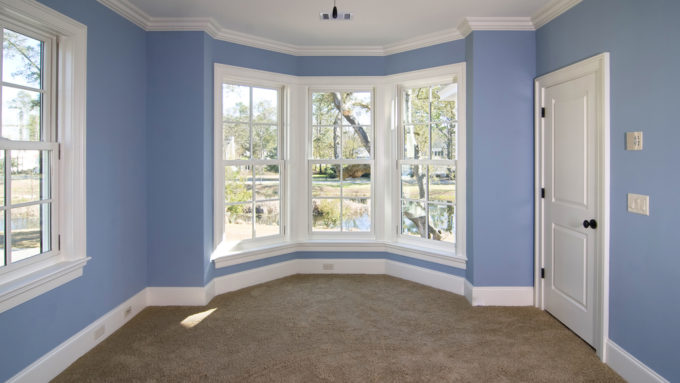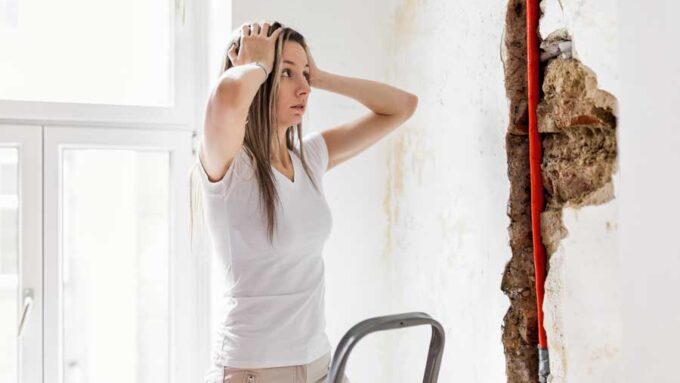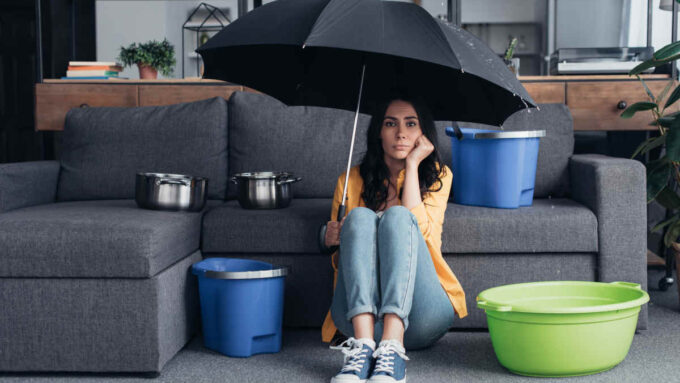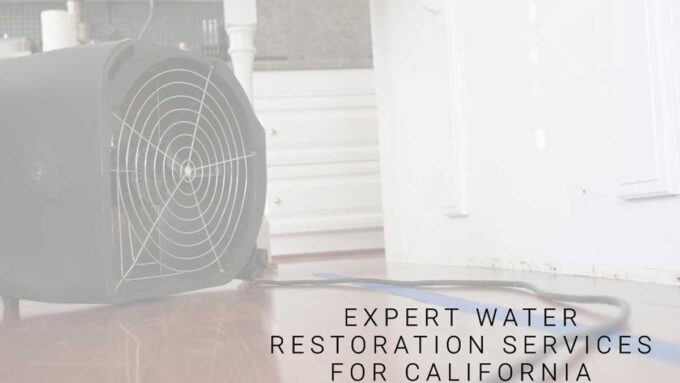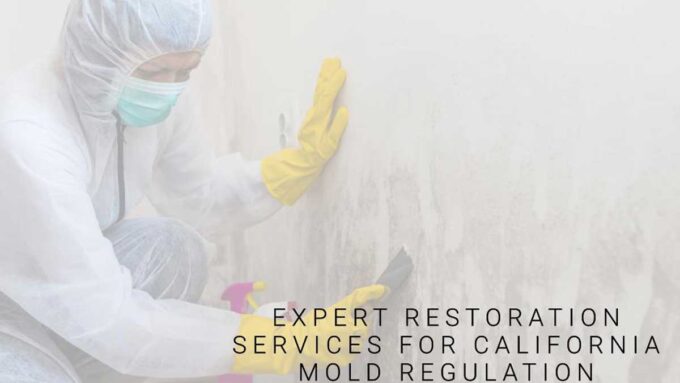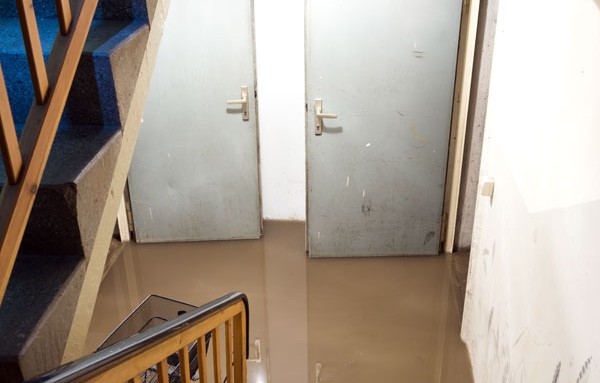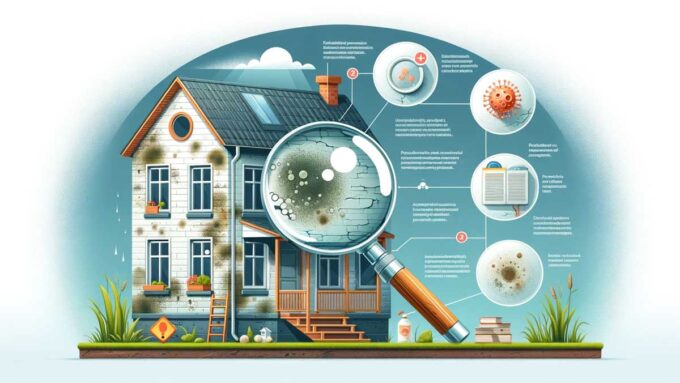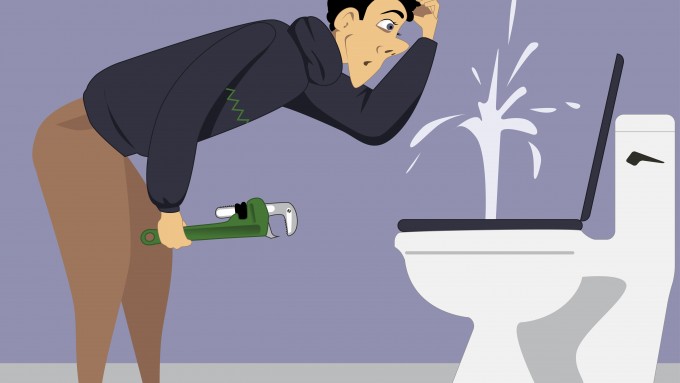There’s an odor in the living room. You discover a patch of mold in the bathroom. You find yourself getting chronically sick without cause. Either one of these situations is a prime t2ime to get a mold inspection. But what are you signing on for? Here’s a look at what a typical mold inspection entails.
Preliminary Questions
When you schedule an appointment with a mold inspection team, they’ll arrive promptly and professionally. They’ll start by asking a few preliminary questions.
What prompted your call?
Is there mold visible in your home?
Do you have any family members who are chronically ill?
Is there an odor in the house?
Visual Inspection
After getting some history on the home, they’ll do a perimeter check of the entire house looking for sources of moisture. They’ll also test the humidity and temperature of each room.
Identify the Source
During the visual inspection, they’ll be looking for leaky pipes, moist or bowing walls and ceilings, water stains and other signs of moisture. This is very important. Removing the mold will only be effective if the source of the moisture is identified. If not, the mold will return.
Samples and Testing
Once they pinpoint the location of the mold, they’ll take samples to be tested. Testing will identify the types of mold present in order to determine the best way to treat the problem. Air samples will also be taken to determine if there are any fungal spores in the air.
Report and Treatment Plan
Once they have made a thorough inspection of the entire building, they’ll take all the samples with them to be tested by a third-party company. Results are typically available within 2-4 business days. Based on their findings, they’ll create a treatment plan. They’ll talk you through the results and provide suggestions on how to best remove the mold for good!
Mold is not only an eyesore but can also affect the health of you and your family. If you suspect you have a mold problem, don’t wait. Get it checked out! Then call us to remove it.

